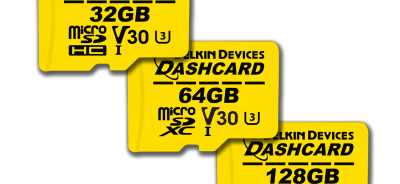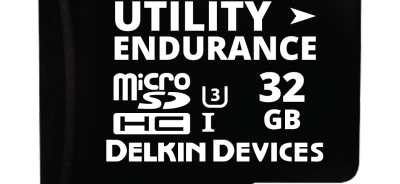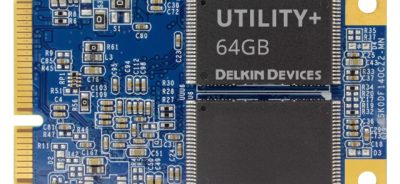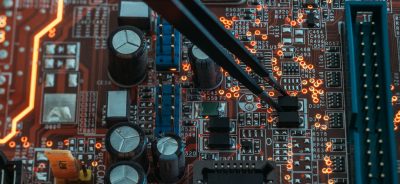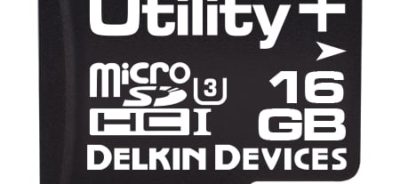3D MLC NAND Flash Explained
Flash memory is a widely used technology that utilizes an electronic transistor to program data based on different voltages. One of the reasons why flash memory is so popular is because it is a non-volatile form of storage. This means that data are retained even when there is no power. Despite its popularity, however, there is a challenge with flash memory. Devices that require flash memory are getting smaller, but their need for data storage is increasing. With flash memory, information is stored on memory cells, so the capacity of a memory card is limited by the number of cells that can fit within it. A potential solution that many OEMs and designers are looking towards is 3D MLC NAND flash. How does this kind of flash compare with more traditional flash? Here is what you need to know.
2D Flash vs. 3D Flash
The traditional design of flash memory is 2D, or planar. This kind of flash is designed with memory cells sitting next to each other in a single layer within the memory card. The amount of data that can be stored on each cell depends on the kind of flash in question. The capacity of the flash device is limited by the total number of side-by-side cells within it.
Because expanding planar NAND flash to include additional cells would make the memory cards larger and therefore incompatible with smaller devices, 3D NAND flash memory was created. Instead of growing horizontally, 3D flash stacks cells on top of each other, adding significantly more storage without causing the memory card to grow horizontally.
3D MLC NAND Flash
Most 3D NAND flash devices are designed with MLC technology. MLC stands for multi-level cell, and it refers to flash memory in which two bits of data can be stored per cell. With 3D MLC NAND flash, each stacked cell can still store two bits of data, so the increased storage with 3D MLC can be dramatic when compared to planar MLC.
Most industrial applications call for SLC NAND flash. This kind of flash memory allows one bit of data to be stored per cell, which makes it more reliable. However, features like error correction code algorithms and wear leveling make 3D MLC NAND flash a suitable option for some industrial devices.
Let Delkin help you find the right mix of capacity and rugged storage capabilities for your industrial application. Talk to our product team today to learn more.
ORDER DELKIN INDUSTRIAL FLASH STORAGE TODAY through our distribution partner Newark.
 Login
Login Register
Register



